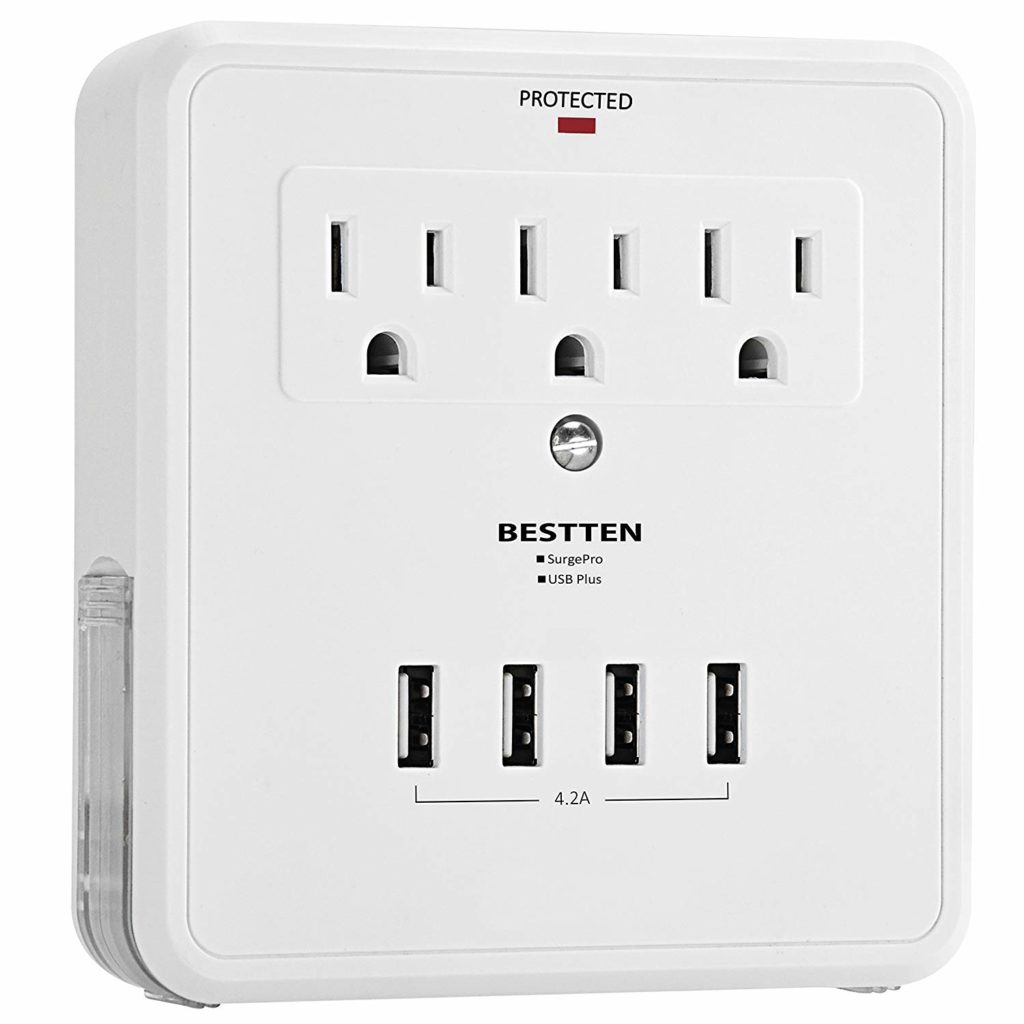
Most homeowners don’t give much thought to their home’s intricate electric system until there’s a problem of some kind. Your home’s electric system is a precise network of wires, currents and outlets, resulting in seamless access to power to run everything from appliances to lighting.
Unless you are a professional electrician, turn most of your home’s electrical problems over to an expert. However, you can troubleshoot a few of the most common home electrical problems and take care of them yourself. It is important to remember that when you are fixing your home electrical problems is to remember, safety first!
Electricity is a huge part of our daily lives. With its continual presence, it is helpful to be reminded of its potential dangers in order to make sure that you are always safe, no matter how much electricity you use.
It is easy to become complacent about electricity. However, as used to electricity as people have become, electrocutions still rank 4th in the cause of industrial fatalities. A shock as low as 600 volts can cause death and the National Safety council has estimated that around 600 people are killed every year due to electrical accidents.
Light bulbs burn out frequently
The average light bulb lasts for 750 to 1,000 hours and the most common reason for early failure is incorrect wattage for the light fixture. If you use light bulbs that are too high, it can cause bulbs to burn out faster. When the light bulb burns too hot, the heat cannot dissipate and the bulb connectors become stressed and eventually fail.
Solution: Check each light fixture to ensure that the bulbs you are using are the correct wattage and don’t exceed it in order to extend the life of each light bulb. Cheap light bulbs can also contribute to the problem, because the filaments inside are not as secure or as high quality.
Dead electrical outlets
When an electrical outlet doesn’t work, don’t assume that faulty wiring is the cause without testing a few simple solutions. Most outlets in kitchens and bathrooms are linked to a GFCI, or ground-fault interrupter, which are installed in areas where there is potential for water to come in contact with plugged in equipment. You can recognize a GFCI outlet because it has two buttons in the center of the plug, labeled “Test” and “Reset.” Note that the GFCI may be located in a different room from the dead outlet, such as in a basement, garage or utility room.
Solution: Locate the GFCI outlet and try resetting it by pressing in the button labeled “Reset.” The button should snap into place when it is working correctly. Plug a small appliance into the dead outlet to ensure it works. If the dead outlet still doesn’t work, check the breaker box to see if any are tripped. Reset the breaker, then reset the GFCI and test the outlet again.
Flickering lights
Flickering bulbs in recessed light fixtures is another common electrical problem. Each recessed fixture is designed with thermal sensors to cut out when the canister gets too hot, preventing overheating. Once the canister cools down, power is restored. If your recessed lighting flickers or works intermittently, it usually means it’s getting too hot, triggering the cutoff.
Solution: Ensure that all bulbs are securely tightened in the sockets, because expansion and contraction due to heat can cause a loose bulb to flicker. Or, try installing a lower wattage light bulb into the recessed lighting canisters to reduce heat. Check that the style of light bulb is appropriate for the fixture. Use a Parabolic Aluminized Reflector, or PAR style bulb, designed to project heat out the open end of the canister.
Peter Wilson, of Hedgehog Electric, has more than a decade of experience in home improvement—from design and DIY projects to construction and renovation. If you need an electronics expert, visit Hedgehogelectric.com for a free consultation.